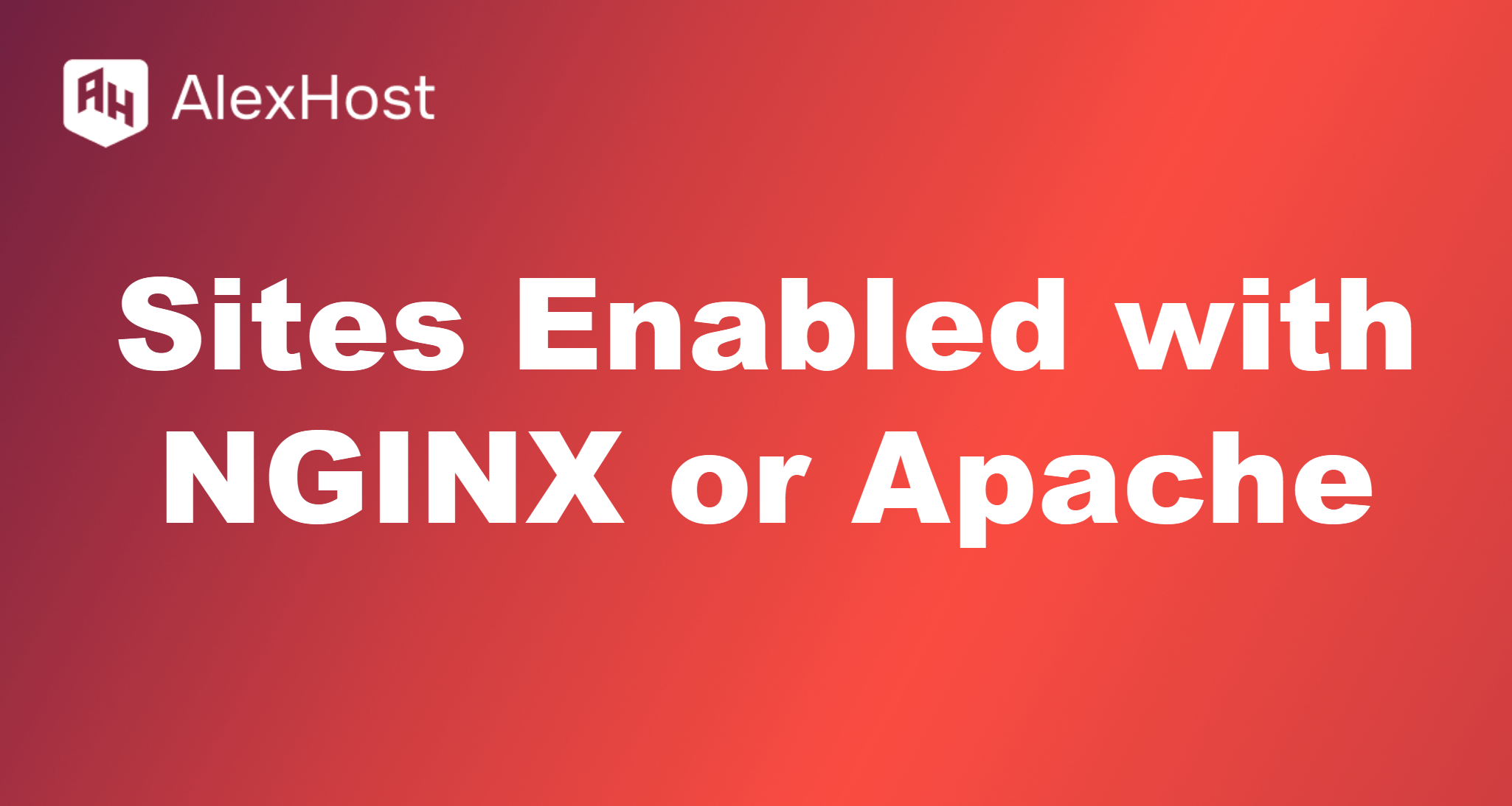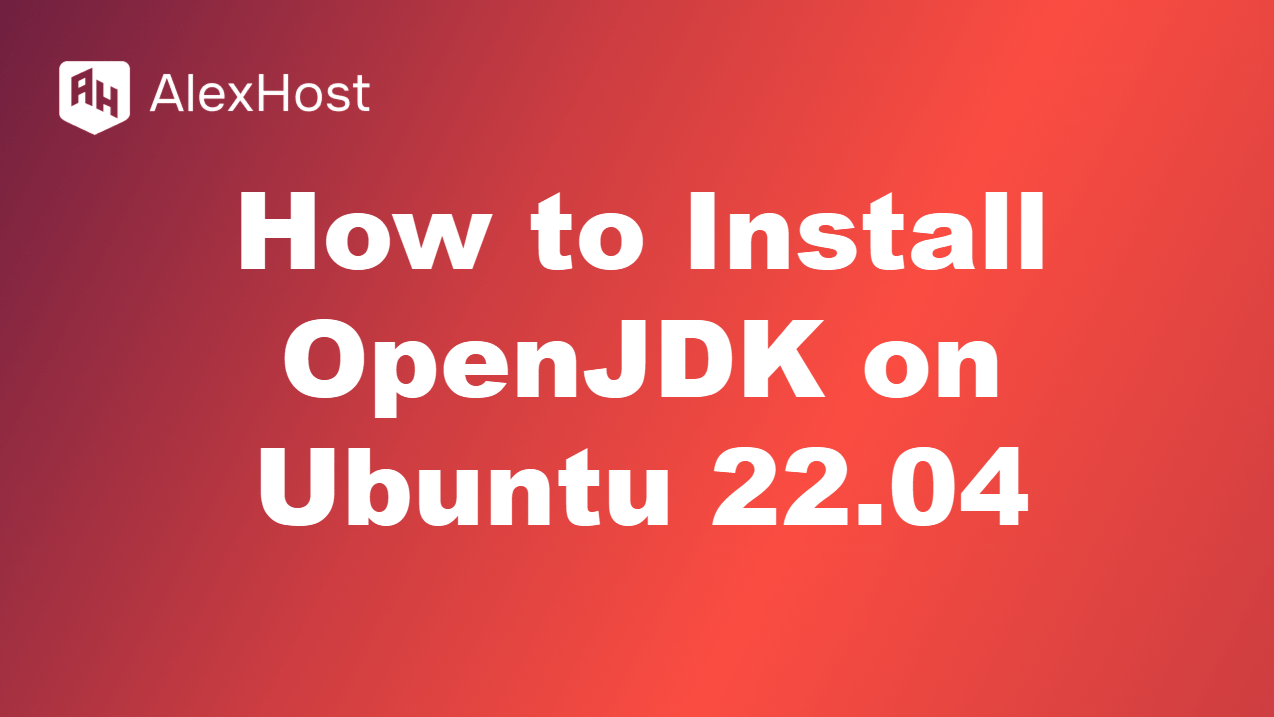HTTP (Hypertext Transfer Protocol) is the backbone of web communication. Every time a user accesses a website, an HTTP request is made to the server. For Linux users, understanding how to make and analyze HTTP requests is crucial for web development, system administration, and troubleshooting network issues. This article delves into the structure of HTTP […]
Redis is a powerful, in-memory data structure store used as a database, cache, and message broker. Known for its performance and versatility, Redis is frequently employed to speed up applications by caching frequently requested data. Here’s a step-by-step guide to installing and configuring Redis on a Linux system. 1. Update Your System Before installing Redis, […]
NGINX and Apache are the two most widely used web servers in the world. Both are powerful, feature-rich, and highly configurable, making them the top choices for hosting websites. In Linux-based systems, NGINX and Apache handle website management by enabling and disabling websites using a system of configuration files, commonly referred to as sites-enabled and […]
Monitoring open and listening ports on a Linux system is an essential practice for maintaining system security, performing network troubleshooting, and effectively managing your server infrastructure. 🛡️ By regularly checking which ports are open and which services are using them, you can stay ahead of potential security risks, identify unauthorized access attempts, and ensure that […]
Renaming files in Linux is a common task, but the approach to renaming can vary depending on your needs and the tools you want to use. This article will discuss various methods for renaming files in Linux, ranging from simple file renaming with commands such as mv to more complex batch renaming with utilities such […]
The xargs command is a powerful utility in Unix/Linux systems that is used to build and execute commands using standard input. It takes input from a command or a file and passes it as arguments to another command. This is particularly useful when handling a large number of files, arguments, or data that need to […]
Node.js is a popular runtime environment that allows you to run JavaScript code on the server side. It is widely used for building scalable and high-performance web applications. This guide will walk you through the steps to install Node.js on Ubuntu 22.04. There are multiple ways to install Node.js on Ubuntu 22.04, including using the […]
Install OpenJDK on Ubuntu 22.04 for Java Development on AlexHost VPS Why install OpenJDK on AlexHost? OpenJDK is a free, open-source Java SE implementation for building and running Java apps. AlexHost’s Ubuntu VPS with NVMe storage, LiteSpeed, root access, and DDoS protection provides a fast, secure platform for Java development. This guide covers installing OpenJDK […]
The cron utility in Unix-like operating systems allows users to schedule jobs (commands or scripts) to run automatically at specific times or intervals. Whether you’re maintaining a server or managing automated tasks on your local machine, cron is an essential tool for system administrators and developers alike. In this article, we’ll explain how to display […]
The grep command is one of the most powerful and widely-used utilities in Unix and Linux-based systems. It allows you to search for specific patterns or text within files, making it an essential tool for system administrators, developers, and anyone who deals with large amounts of text data. Whether you’re searching through log files, configuration […]
















